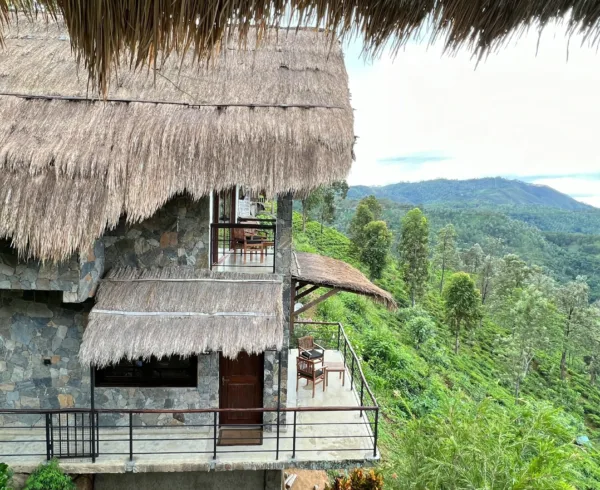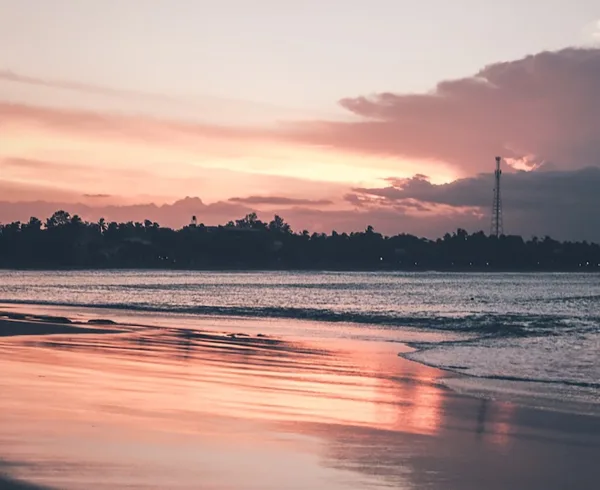Mountains in Sri Lanka reach the skies with magnificent views and can be found in isolation or as ranges, mostly in the central and southern parts of the island. These mountains are also often the birthplace of many a Sri Lankan river. While some mountains carry historical or religious significance, all of them are worth visiting for the beauty of the terrain.
A holiday in the mountains in Sri Lanka must include a stay at Nuwara Eliya, and a day trip to ‘World’s End’ a look-out point located in the Horton Plains reaching over 2000 meters high and where the plains suddenly drop abruptly over 880 meters.
The highest of the mountains in Sri Lanka , Piduruthalagala , towers over 2524 meters above sea level, and offers those who would dare to climb, a panorama of colour and exotic beauty while getting a bird’s eye view to the world beyond. Also known as Mount Pedro, Piduruthalagala is home to the transmitter of Rupavahini, Sri Lanka’s main television network.
The birthplace of Buddhism in Sri Lanka in the 3rd century BC, 13km away from Anuradhapura is the Mihintale Rock, a place of cultural, historic, and religious interest. The Mihintale rock yet stands strong with ancient ponds, dagobas, caves, and hospitals still visible on the rock, the world’s first recorded flora and fauna sanctuary.
The 600-meter Ritigala rock dating about 350 BC, boasts an ancient monastery at its foot with a lovely footpath and ponds, some platforms, and the ruins of an old hospital. The rock remains enveloped by clouds and mist for a major part of the year.
Adam’s peak, the second-largest peak on the island at 2243 meters high, offers the most spectacular sunrise views. Possibly the most revered of mountains in Sri Lanka as Buddhist history notes that the Lord Buddha left his footprint on the peak of this mountain. Religious devotees climb make a spiritual journey up to get a glimpse of the footprint believed to be sacred.
There are countless more mountains waiting to be explored in Sri Lanka including the Bible Rock and the Knuckles Mountain Range, both deriving their names from the shape of each rock.




